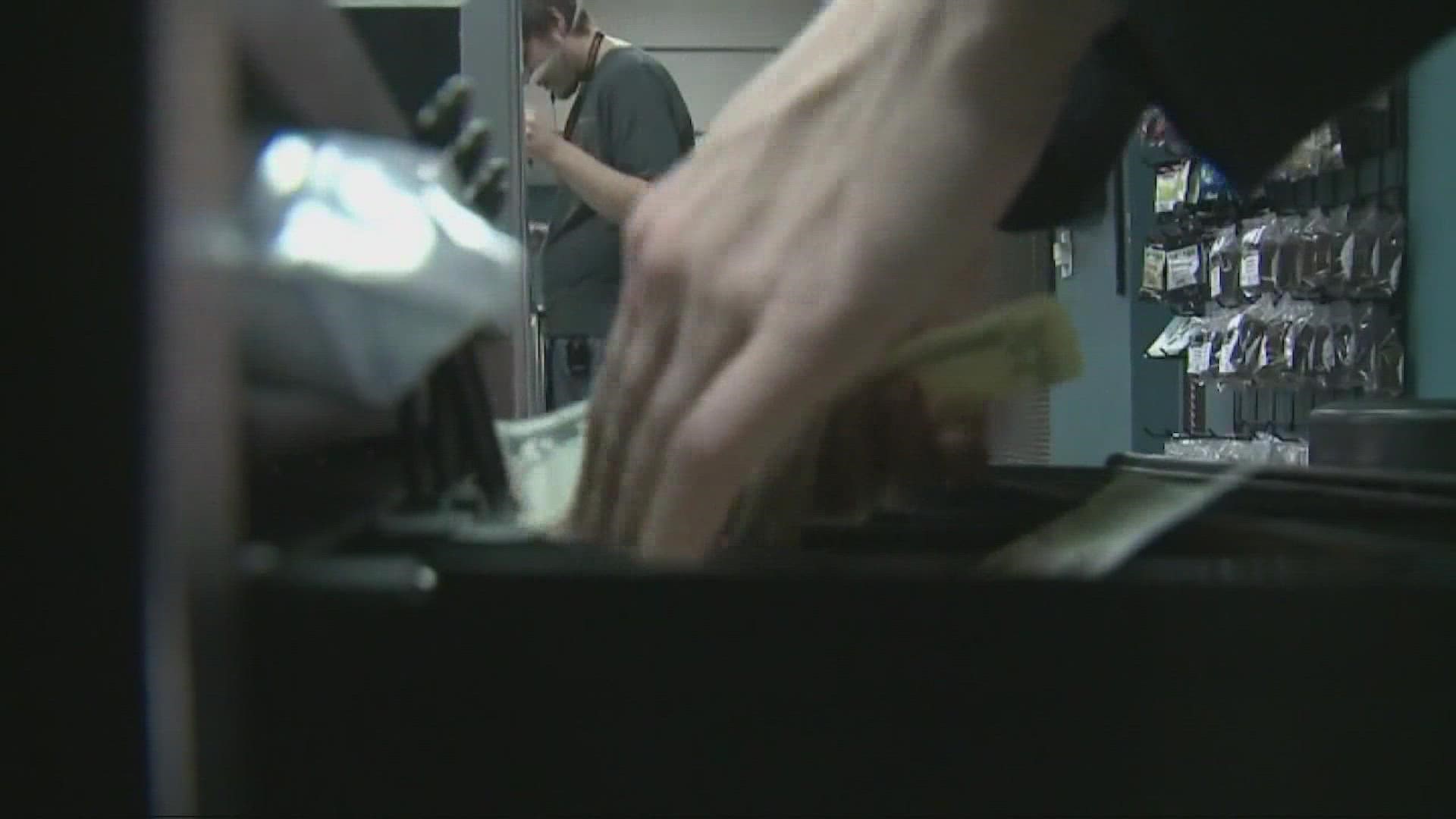SAN ANTONIO — Consumer spending, which makes up more than two-thirds of the U.S. economy, is changing in this high-inflation environment. Food, gas, clothes – you name it. Everything is costing more.
KENS 5 spoke with Ryan Bailey, senior vice president and head of retail banking at USAA, who shared the latest data from their financial institution. USAA has served military members, veterans, and their families nationwide for more than a century.
Bailey says discretionary spending is showing signs of softening, as prices for non-discretionary items continue to go up.
"In those categories of non-discretionary, such as gas prices and groceries, those areas are where they're really spending money. In fact, gas prices are up. Spending is up 21 percent year-over-year," said Bailey.
People are increasingly turning to borrowed money to offset the rising costs.
"You are starting to see people spend more on their credit card. With the stimulus payments coming in last year, we saw a significant amount of money both happening in spending but in particular, savings. Now they are taking that money that they had in savings, and starting to spend it," said Bailey.
For example with groceries, another non-discretionary category, USAA July data shows that spending is up 4.6% with credit card showing a higher year-over-year increase at 7.9% than debit card use at 3.1%.
"I think we have to get used to the stimulus payments not coming in anymore and really adjusting our spending back down to normal levels. I also advise to pay off your credit card every month instead of building up those balances," he said.
You can also consider looking for options to consolidate variable rates into a fixed rate. You should see if it makes sense to consider a fixed-rate personal loan to consolidate variable-rate debt, especially during these inflationary times.

